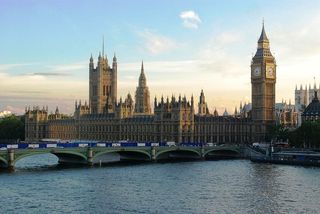Gov.uk Verify 'needs more data sources for wider adoption'
Cabinet Office extends identity assurance scheme trial, plans to include more datasets

The government's identity assurance scheme requires more datasets to be used more widely, the Cabinet Office has admitted.
Gov.uk Verify is currently being trialled by HMRC for people completing self-assessment tax forms, and Whitehall boasted that 10,000 users have so far used the service.
As a result, it has extended the trial by a matter of days to last until the end of January, but the Cabinet Office has warned that a lack of data is limiting how widely the service can be used.
Programme chief Janet Hughes wrote in a blog post: "Gov.uk Verify is a new, beta service. It doesn't work for everyone yet we are building it up over time.
"The main constraint on who can use Gov.uk Verify right now is the range of evidence we can allow people to use to prove their identity."
Currently, Verify users need a UK passport, driving licence and either bank, credit card or mortgage statements to prove their identity.
But Whitehall wants to widen the range of data Verify can crunch to ascertain whether someone is who they say they are.
Get the ITPro. daily newsletter
Receive our latest news, industry updates, featured resources and more. Sign up today to receive our FREE report on AI cyber crime & security - newly updated for 2024.
In another blog post in December, Hughes said: "There are two main ways to do this: expanding the scope of the document checking service and encouraging certified companies to make use of more commercially available data sources."
Extra datasets would allow people without the requisite bank statements or driving licenses to use Verify, which the government eventually intends to roll out to all Gov.uk websites that require users to identify themselves.
The Cabinet Office has published a tender seeking up to 10 providers for a 150 million Verify contract, who would be tasked with examining a wider range of datasets to support Verify.
Earlier this month, the Cabinet Office reported that 3,700 people had successfully used Verify to log in under the trial, but that number accounted for only 60 per cent of users trying to use the service.
Most Popular





